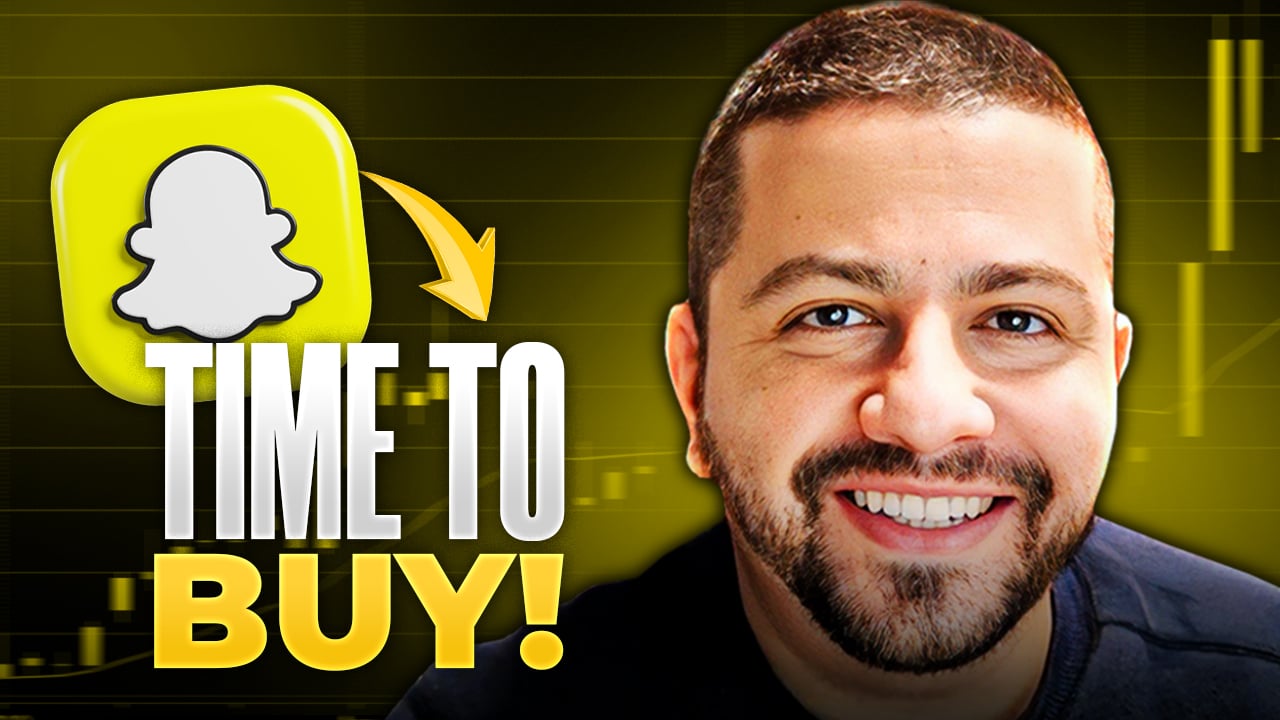Snap (SNAP +6.54%), the maker of Snapchat, recently fell below its IPO price of $17. To make matters worse, the IPO's lead underwriter, Morgan Stanley (MS +0.65%), downgraded the stock from overweight to equal weight, then slashed its price target from $28 to $16.
I've warned investors about Snap before. Its slowing user growth, rapid cash burn rate, ambiguous plans for the future, and nosebleed valuations all make it a dangerous stock to own. Today, I'll examine four red flags that indicate that the company might fare better under new management.

Snapchat's mobile app. Source: Google Play.
1. A big payday for insiders, but big losses for investors
Snap posted a whopping loss of $2.2 billion last quarter, compared to just $150 million in revenues. The bulk of that loss was attributed to $2 billion in stock-based compensation expenses, which included an award of over $550 million for co-founder and CEO Evan Spiegel.
That massive payment indicates that Snap, like many younger tech companies, is mainly using stock bonuses to offset lower salaries. If it grows too dependent on these stock bonuses, it will likely struggle to achieve GAAP profitability.
2. No profits for the next three years
Even if we exclude those SBC expenses, Snap ends up with a negative adjusted EBITDA of $188 million for the quarter. Morgan Stanley previously expected Snap to post positive adjusted EBITDA of $406 million by 2020.
But it recently backtracked and warned that Snap probably wouldn't post a profit through "at least" 2020. In the fast-moving world of social media, investors should wonder if Snapchat will even be relevant by then. Meanwhile, Snap's outsized stock bonuses will likely drain its cash reserves, which it will likely address by taking on debt or issuing a secondary offering.
3. Unrealistic revenue targets
Snap's management believes that the company can generate up to $1 billion in revenues this year. That would equal 147% growth from 2016. That's a tough goal to achieve, especially since its daily active users (DAUs) rose just 5% sequentially to 166 million last quarter, while its average revenue per user fell sequentially.
Much of that stagnation can be attributed to Facebook's (FB +0.34%) Instagram, which added a wide range of Snapchat-like features over the past year. Instagram Stories notably eclipsed Snapchat in late June with 250 million DAUs, up from 150 million DAUs in January.
4. Its inability to counter Facebook and Instagram
Snap rejected Facebook's $3 billion buyout offer in 2013, but Facebook now intends to crush Snapchat. Under this pressure, investors probably expect Snap's management to retaliate with some game-changing features or ad products.

Snapchat's ads. Source: Snap.
But that hasn't happened yet. Most of Snap's ad revenue still comes from full-screen video ads, sponsored geofilters, and sponsored lenses -- all features which Instagram has directly attacked.
Instagram already had video ads, and it added geostickers in March and face filters in May, and recently started giving advertisers sponsored lenses for free. Facebook is also integrating ad features and user data from its core social network of nearly two billion monthly active users (MAUs) into Instagram -- an advantage that Snap can't possibly match.
Snap's response to these threats has been confusing. It acquired smaller companies, like geofilter maker Placed and social map app maker Zenly; snapped up some geofilter patents; and promoted the ambiguous idea of becoming a "camera company." It's unlikely any of these moves will slow Instagram down or speed Snap up.
The key takeaways
It's high unlikely that Snap will replace Spiegel and Snap's other top executives anytime soon. After all, Spiegel holds a 44% voting share in the company, and the class A shares sold during the IPO don't have any voting rights.
But Snap is clearly treading on thin ice, and the stock still looks ridiculously expensive at 35 times sales -- which is more than five times the industry average P/S ratio for internet information providers. Unless Snap's management gets its act together soon, it could be rendered obsolete by Instagram or other hot social media apps.








